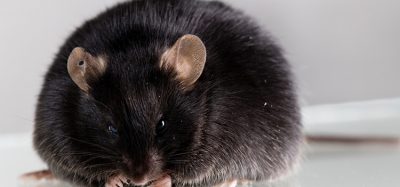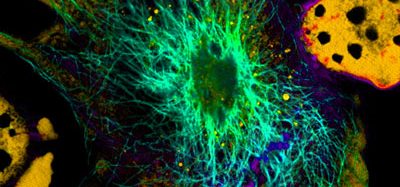Key hallmark of ALS is successfully reversed in laboratory
Posted: 9 August 2021 | Anna Begley (Drug Target Review) | No comments yet
Scientists demonstrated how to reverse the incorrect localisation of three RNA-binding proteins in ALS, potentially leading to treatments.

In a new study, researchers the Francis Crick Institute and UCL, both UK, have studied how certain proteins accumulate in the wrong parts of brain cells in amyotrophic lateral sclerosis (ALS) and demonstrated how it may be possible to reverse it.
The researchers used motor neurons grown in the lab from skin cells donated by ALS patients and showed how to reverse the incorrect localisation of three RNA-binding proteins. The patients who donated cells all has mutations in an enzyme called VCP that is only present in a small proportion of ALS cases. They found that the abnormal location of these proteins can be caused when the VCP enzyme is mutated.
When the researchers blocked the activity of this enzyme in diseased cells, the distribution of proteins between the nucleus and the cytoplasm returned to normal levels. The inhibitor they used is similar to a drug that is currently being tested in Phase II cancer trials and also blocks the activity of VCP.
“Demonstrating proof-of-concept for how a chemical can reverse one of the key hallmarks of ALS is incredibly exciting,” said author Jasmine Harley. “We showed this worked on three key RNA binding proteins, which is important as it suggests it could work on other disease phenotypes too… More research is needed to investigate this further. We need to see if this might reverse other pathological hallmarks of ALS and also, in other ALS disease models.”
The team previously investigated intron-retaining transcripts which also move from the cell nucleus to cytoplasm in ALS. By analysing RNA in diseased motor neurons, they identified over 100 types of intron-retaining transcripts in the cytoplasm. According to the researchers, the collection of intron-retaining transcripts in the cytoplasm may be a factor which attracts RNA binding proteins to move into the cytoplasm, although more research is needed to confirm this.
Rickie Patani, senior author, stated: “Together, our two papers show how laboratory science is furthering our understanding of such a complex and devastating disease and provides some reassurance that the development of effective treatments may be possible in the future.”
The team’s latest study was published in Brain Communications.
Related topics
Drug Leads, In Vitro, Molecular Targets, Neurons, Neurosciences, Protein, Protein Expression, RNAs, Target Molecule
Related conditions
Amyotrophic Lateral Sclerosis (ALS)
Related organisations
Francis Crick Institute, UCL
Related people
Dr Rickie Patani, Jasmine Harley







